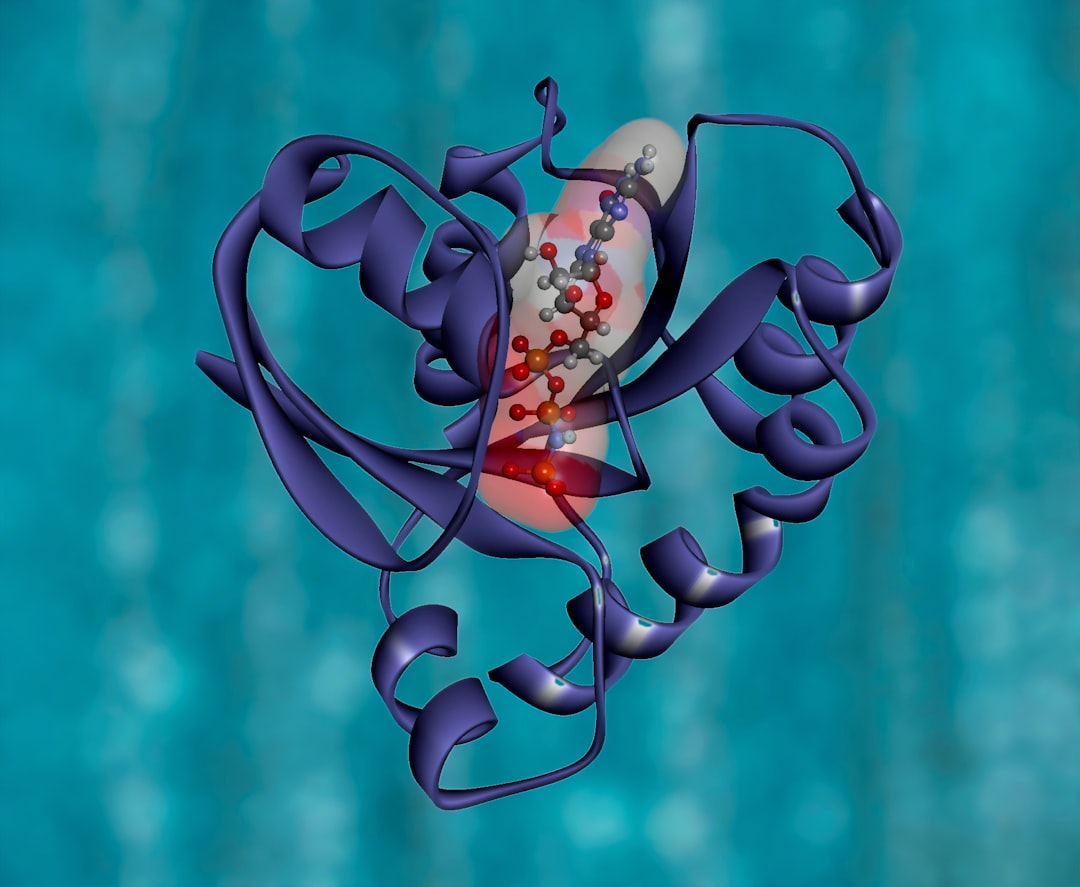What is it about?
A hypothesis was presented about the nature of shocks induced by impinging blades on gas plumes for the purpose of laser plasma wakefield acceleration. In order to test the hypothesis, fluid simulations, planar laser induced fluorescence (PLIF) measurements, and analysis were preformed on a blade-intersected gas plume to explore plume variation with experimentally controllable parameters.
Featured Image

Photo by BEN SELWAY on Unsplash
Why is it important?
Our lab, BELLA Center at Lawrence Berkeley Labs, had observed some anomalies in how shock structures changed when a gas plume used for laser plasma acceleration was intersected by a blade. These shocks are often used to localize and synchronize the introduction of electron surfers into the traveling plasma wakefield created by a laser. Previous studies had already shown that shock angle changes with blade position. But, we noticed that at certain blade positions, the shock angle increased beyond that characteristic of the types of shocks that would be directly induced by the blade (bow shocks). Hann-Shin Mao hypothesized that as the blade intersected more of the plume, the shock seen by the laser was instead the edge of a plume (intercepting shock). A new plume was emerging from a virtual nozzle formed by the bow shock and the blade. Simulations seemed to confirm this. If true then not just angle but characteristic flow parameters including density were also changing. To validate, we imaged the blade-intersected plume via planar laser-induced fluorescence (PLIF) at high enough resolution to resolve simulated features. This is the first time PLIF has been used on laser-plasma accelerator gas jet targets and it confirmed that the underlying dynamics were more complex than previously assumed. We hope our results contribute to the customization process of laser plasma accelerator targets.
Perspectives
This article is hopefully only a beginning to further input from the fluids community into laser plasma accelerator research and I am honored for the article to be selected as an Editor's Pick by the editors of Physics of Fluids.
Liona Fan-Chiang
University of California, Berkeley
Read the Original
This page is a summary of: Gas density structure of supersonic flows impinged on by thin blades for laser–plasma accelerator targets, Physics of Fluids, June 2020, American Institute of Physics,
DOI: 10.1063/5.0005888.
You can read the full text:
Contributors
The following have contributed to this page










